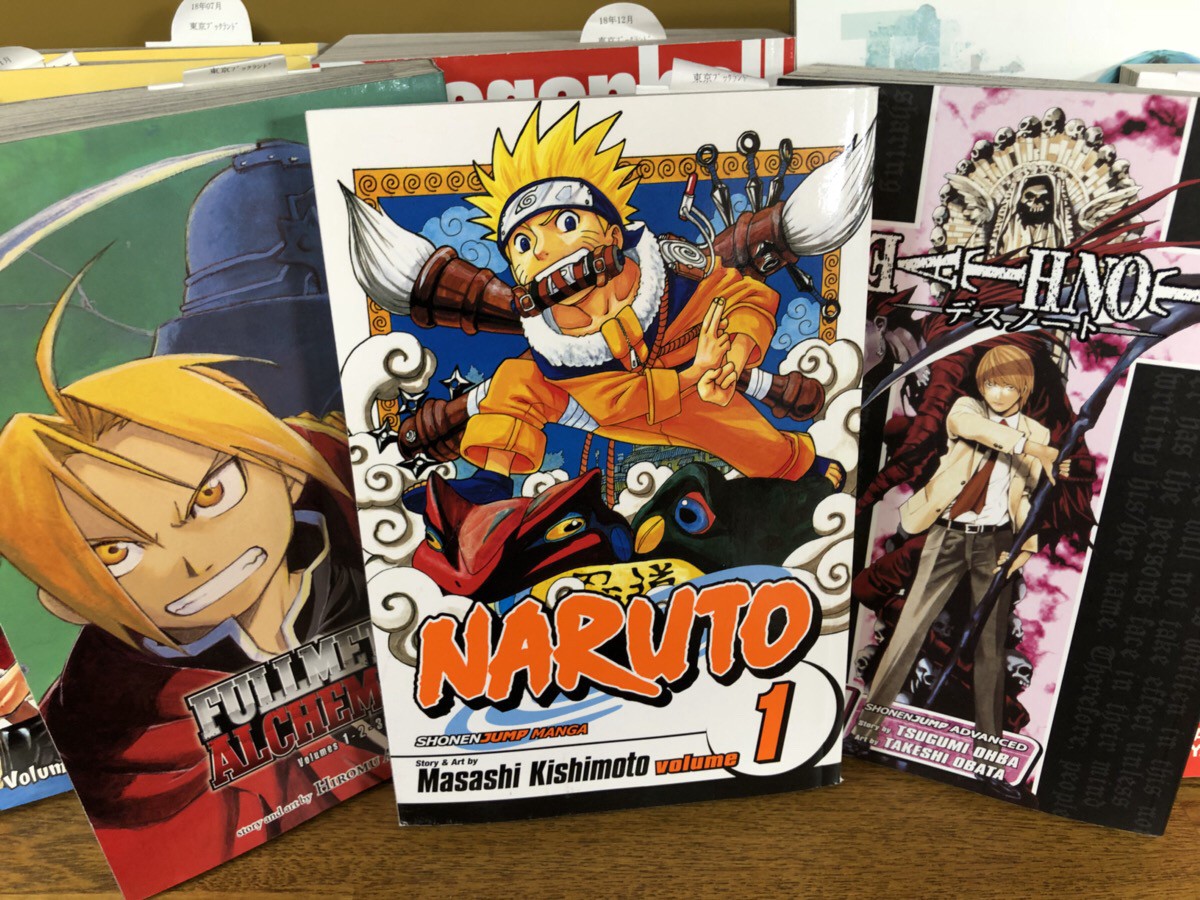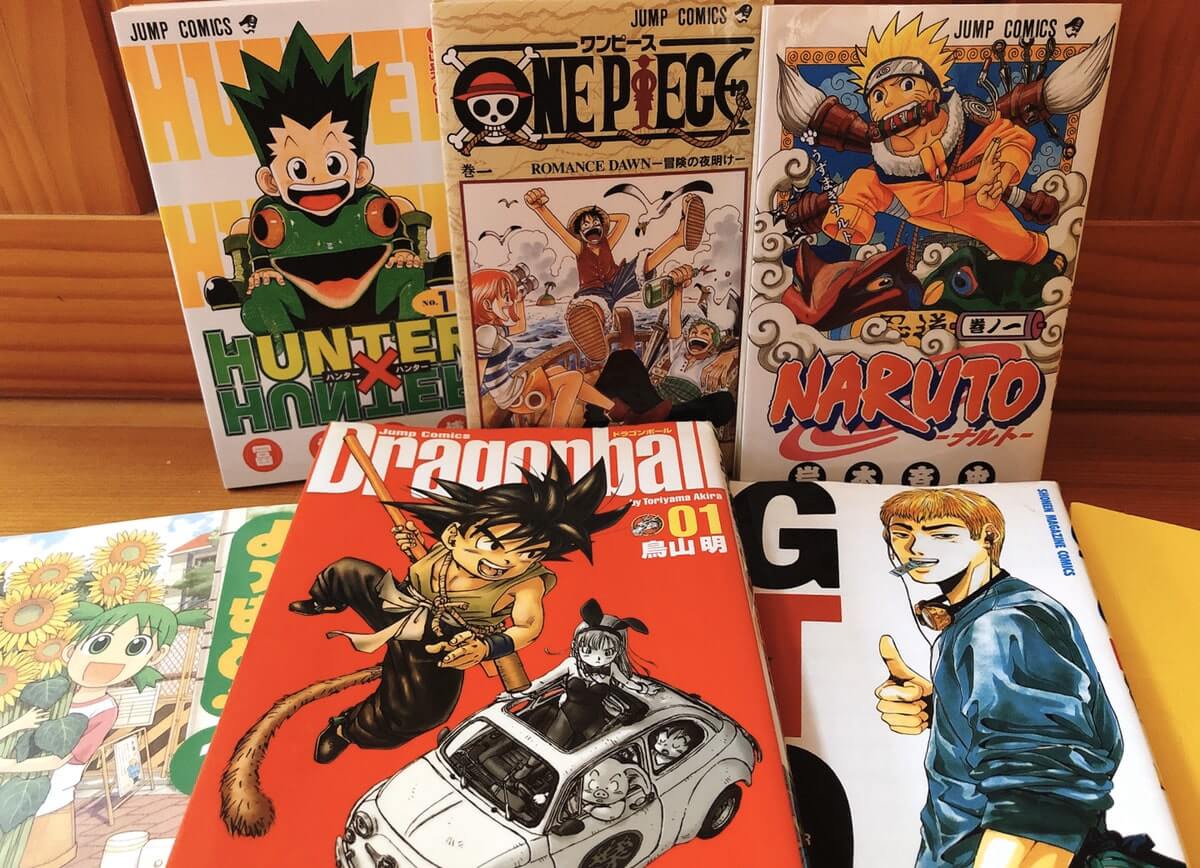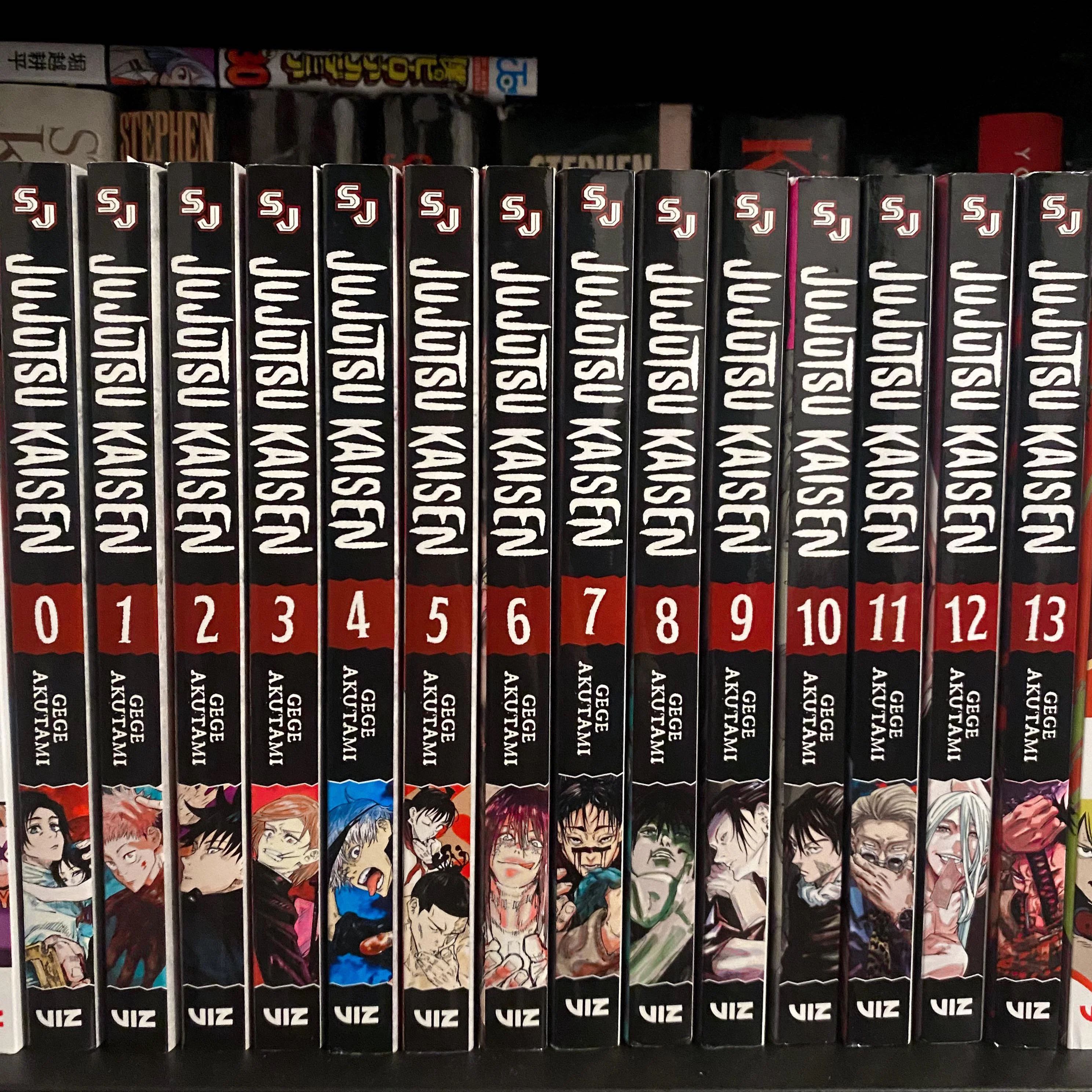Japan Manga: Yo, what’s up, manga heads? Get ready to dive deep into the awesome world of Japanese comics! From its crazy history and wildly popular genres to the mind-blowing art and global impact, we’re breaking down everything you need to know about this epic form of storytelling. Think you know manga? Prepare to be schooled!
We’ll explore the evolution of manga, tracing its journey from humble beginnings to its current status as a global phenomenon. We’ll dissect the diverse genres, from the action-packed shonen to the romantic shojo, and uncover the secrets behind the unique artistic techniques that make manga so visually captivating. Get ready for a wild ride through the history, art, and cultural significance of Japan’s most iconic art form.
A Totally Rad History of Manga
Yo, manga! It’s not just a bunch of crazy drawings; it’s a whole cultural phenomenon that’s blown up globally. From its humble beginnings to its current status as a worldwide sensation, manga’s journey is seriously epic. Let’s dive into the history, genres, art, and impact of this awesome art form.
Manga’s Evolution: From Humble Roots to Global Domination, Japan manga
Manga’s story starts way back, evolving from woodblock prints and early forms of Japanese narrative art. Think ukiyo-e, those super cool woodblock prints featuring beautiful women and dramatic landscapes – they’re like the OG manga! The early 20th century saw the rise of “manga” as we know it, with artists like Rakuten Kitazawa setting the stage with publications like Tokyo Puck.
Post-WWII, the manga scene exploded, with Osamu Tezuka’s groundbreaking work, like Astro Boy, revolutionizing the art style and storytelling techniques. This era saw the birth of many popular genres and established the foundations for the modern manga industry.
Significant Milestones in Manga History

Here’s a quick rundown of some major milestones that shaped manga’s evolution:
- Early 1900s: Rakuten Kitazawa’s Tokyo Puck lays the groundwork for modern manga.
- Post-WWII: Osamu Tezuka’s Astro Boy revolutionizes manga art and storytelling.
- 1960s-1970s: A golden age of manga, with the rise of iconic artists and series.
- 1980s-present: Manga goes global, influencing anime and comics worldwide.
The Influence of Art Styles and Cultural Factors
Manga’s evolution wasn’t just about the artists; it was also shaped by cultural shifts and artistic influences. The post-war economic boom fueled manga’s growth, while evolving societal values and changing artistic trends directly influenced the styles and themes of manga.
Early vs. Modern Manga: A Style Showdown
Check out this table to see how manga styles have evolved:
| Feature | Early Manga (pre-1950s) | Modern Manga (post-1980s) |
|---|---|---|
| Line Art | Thicker, simpler lines | More detailed, varied line weights |
| Character Design | Often Western-influenced | More stylized, expressive features |
| Panel Layout | Simpler, less dynamic | Complex, varied layouts for visual storytelling |
| Shading | Basic hatching | More sophisticated techniques, including airbrushing and digital effects |
Manga Genres: A Wild Ride Through Diverse Worlds
Manga isn’t just one thing; it’s a crazy diverse collection of genres, each with its own vibe and target audience. From action-packed adventures to heartwarming romances, there’s a manga out there for everyone.
Popular Manga Genres and Their Characteristics
Here’s the lowdown on some major manga genres:
- Shonen (Boys): Action, adventure, fantasy, often with themes of friendship and overcoming challenges. Examples: Dragon Ball, One Piece, My Hero Academia.
- Shojo (Girls): Romance, drama, comedy, often focusing on relationships and personal growth. Examples: Sailor Moon, Fruits Basket, Maid Sama!
- Seinen (Young Men): More mature themes, often dealing with complex issues and darker storylines. Examples: Berserk, Vinland Saga, Monster.
- Josei (Young Women): Similar to seinen in maturity but focuses on female characters and relationships. Examples: Chihayafuru, Honey and Clover, Paradise Kiss.
Key Features of Five Distinct Manga Genres
Let’s break down the core elements of a few genres:
- Shonen: High-octane action, power-ups, strong male leads, intense rivalries.
- Shojo: Romantic relationships, emotional depth, character development, beautiful art style.
- Seinen: Complex narratives, morally gray characters, realistic settings, mature themes.
- Josei: Realistic portrayals of women, complex relationships, strong female leads, often tackles social issues.
- Kodomomuke (Children): Simple storylines, bright colors, cute characters, educational elements.
Manga Art: The Secret Sauce: Japan Manga
Manga art isn’t just about drawing; it’s a masterful blend of techniques that create a unique and captivating visual experience. Let’s break down some of the key elements.
Mastering Manga’s Artistic Techniques
Manga artists are total pros at using panel layouts, perspective, and visual storytelling to create dynamic and engaging narratives. Line art, shading, and character design are crucial for establishing the overall mood and aesthetic.
Visual Styles of Prominent Manga Artists
Here’s a comparison of the styles of three iconic manga artists:
| Artist | Line Art Style | Character Design | Shading/Color |
|---|---|---|---|
| Osamu Tezuka | Bold, expressive lines | Large eyes, simple features | Simple hatching, often black and white |
| Go Nagai | Dynamic, exaggerated lines | Often grotesque or robotic | High contrast, bold colors |
| Eiichiro Oda | Detailed, expressive lines | Unique, memorable designs | Detailed shading, vibrant colors |
Manga’s Global Impact: A Worldwide Phenomenon
Manga’s influence extends far beyond Japan’s borders. It’s a global phenomenon that has impacted animation, comics, and popular culture worldwide.
Manga’s International Influence
Manga’s global popularity has led to countless adaptations into anime, films, video games, and other media. It’s inspired artists and creators around the world, leading to a vibrant exchange of ideas and artistic styles.
The Spread of Manga Across the Globe
Imagine a world map, but instead of countries, it’s filled with iconic manga characters and scenes. The colors would be vibrant, reflecting the diverse styles and genres of manga. Each region would showcase the specific manga that resonate with that culture, demonstrating the global reach and adaptation of this art form.
The Manga Making Machine: From Idea to Publication
Creating a manga isn’t a solo act; it’s a collaborative effort involving numerous professionals working together to bring a story to life.
The Manga Production Process: A Step-by-Step Guide

Here’s a look at the journey from concept to published manga:
- Idea generation and storyboarding.
- Scriptwriting and character design.
- Rough sketches and panel layouts.
- Inking and detailing the artwork.
- Adding shading and backgrounds.
- Editing and review process.
- Printing and publication.
Manga and Japanese Society: A Cultural Mirror
Manga acts as a powerful reflection of Japanese society, its values, beliefs, and trends. It often explores social issues and political themes, shaping popular opinion and cultural discourse.
Manga’s Reflection of Japanese Society
Many manga explore themes of family, friendship, societal pressures, and cultural identity. Some delve into complex issues like bullying, environmental concerns, and political corruption.
Explore the different advantages of delico nursery manga that can change the way you view this issue.
Portrayal of Social Themes in Manga
| Manga | Social Theme | Portrayal |
|---|---|---|
| Akira | Government corruption and societal decay | Dystopian future, social unrest |
| Barefoot Gen | War and its impact on civilians | Realistic depiction of suffering and resilience |
| Nausicaä of the Valley of the Wind | Environmentalism and human-nature relationship | Complex exploration of ecological balance |
So, there you have it – a whirlwind tour through the incredible universe of Japan Manga. From its rich history and diverse genres to its groundbreaking artistic techniques and global influence, manga is more than just comics; it’s a vibrant reflection of Japanese culture and a powerful force in the world of art and entertainment. Whether you’re a seasoned manga fan or just starting your journey, we hope this deep dive has sparked your interest and left you craving more.
Now go forth and read!


